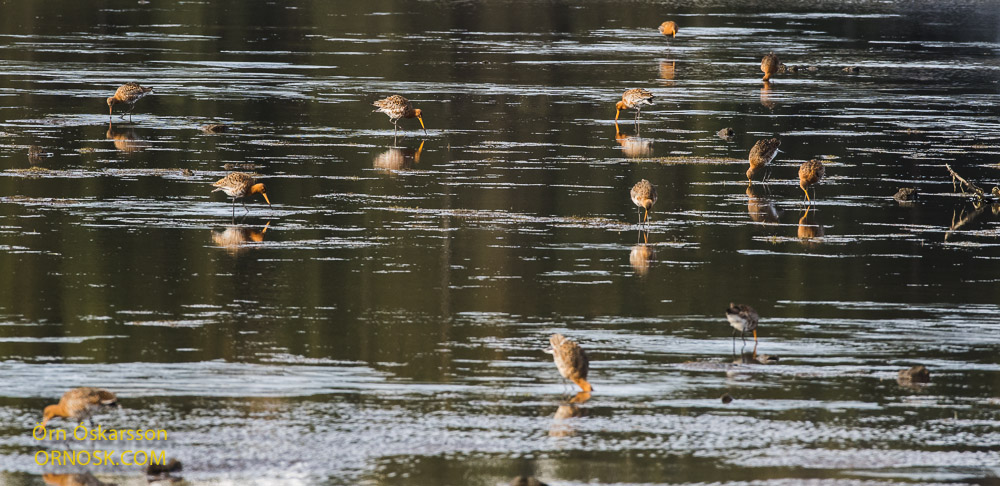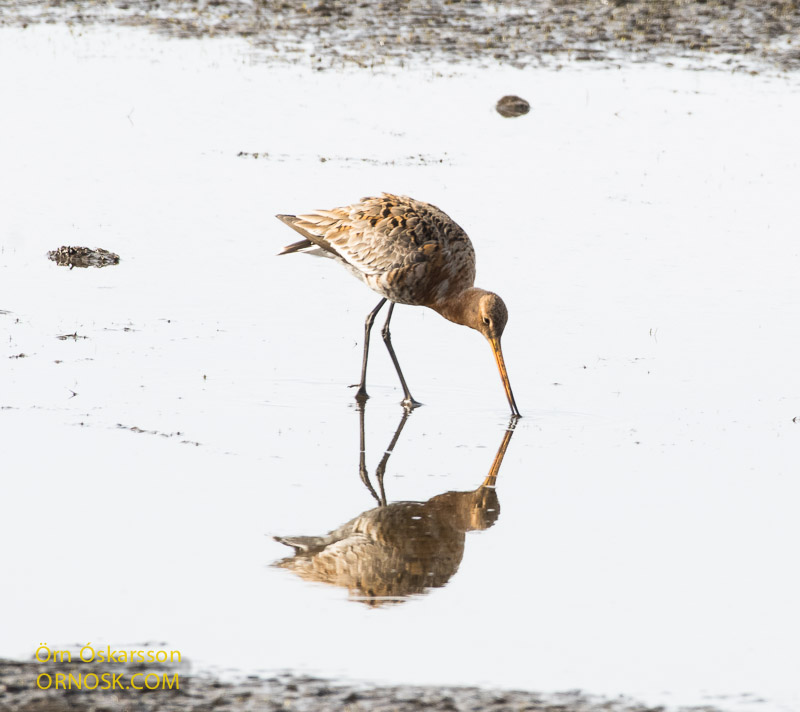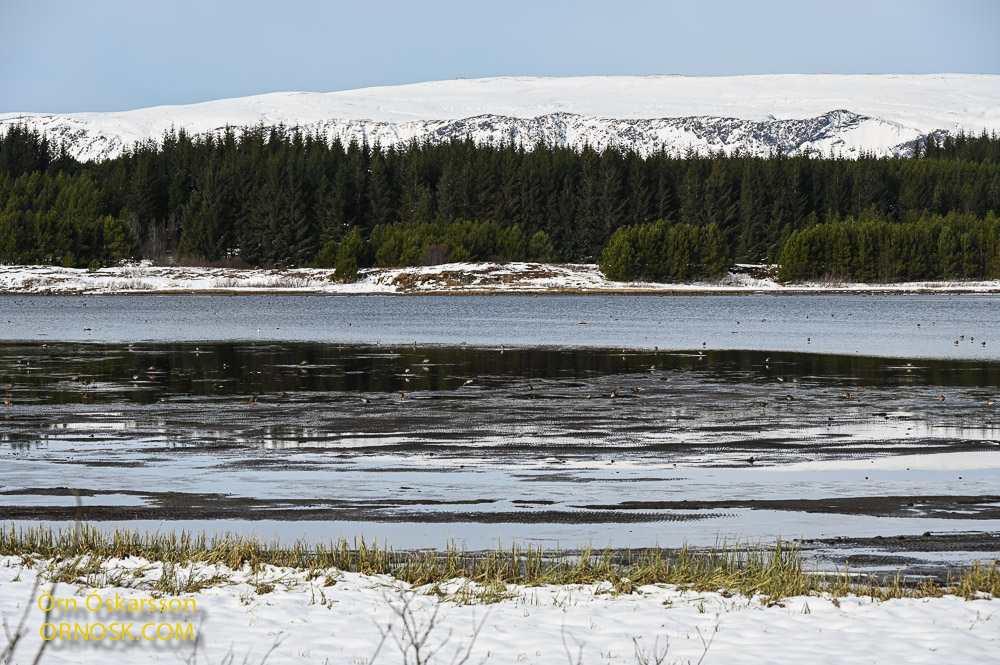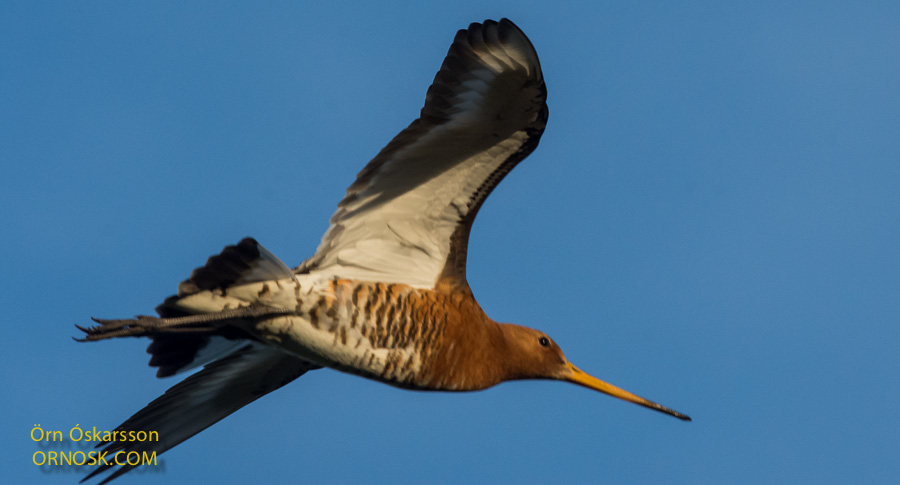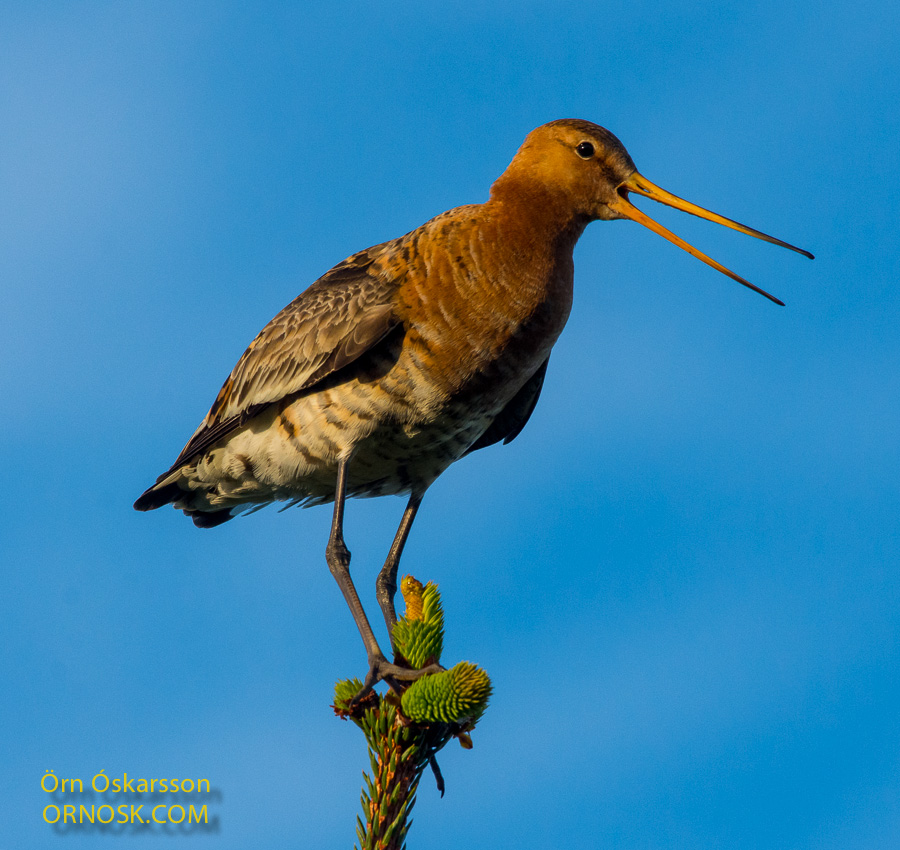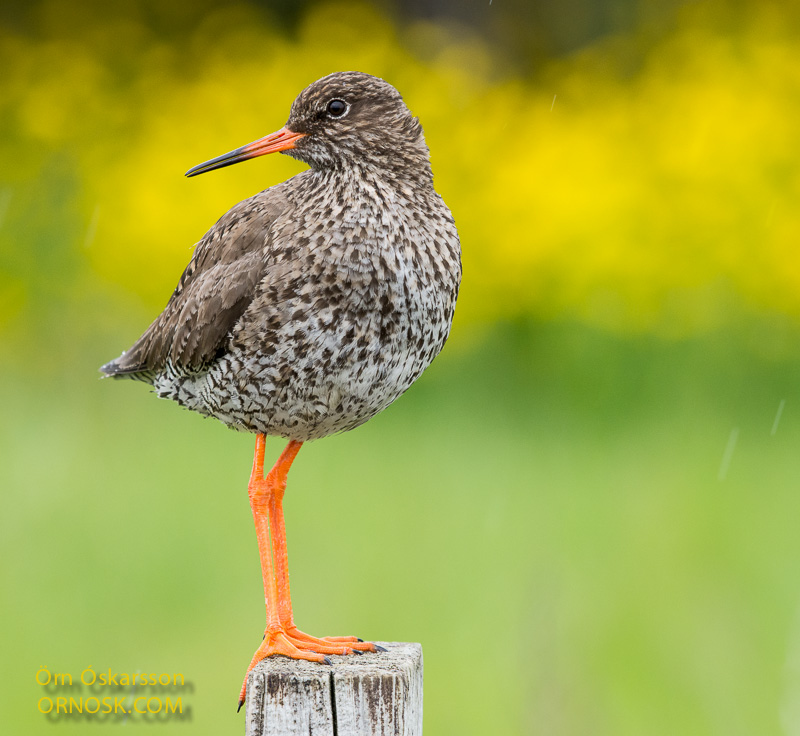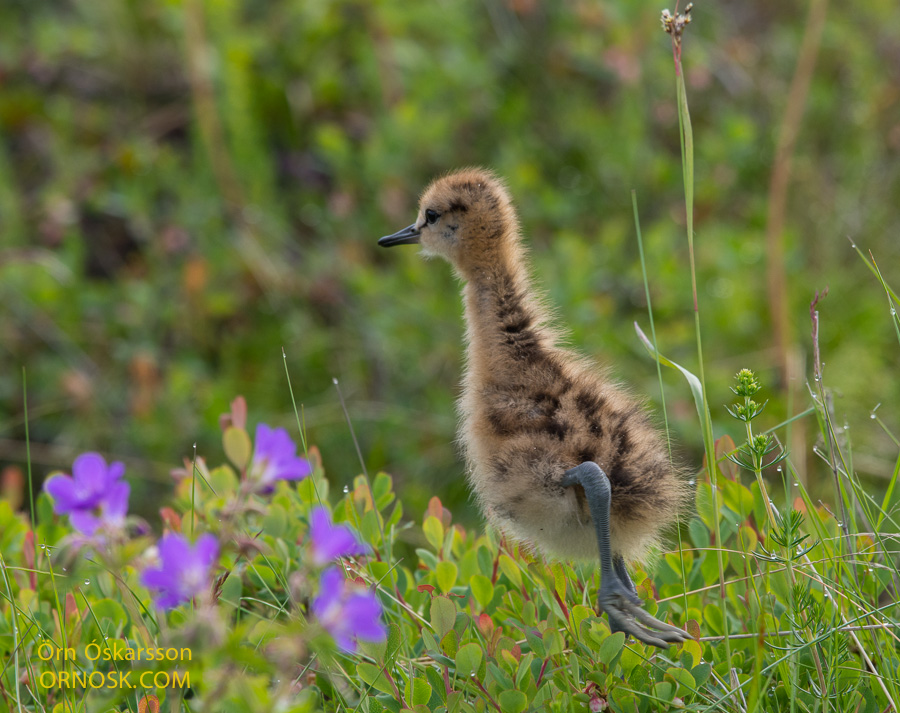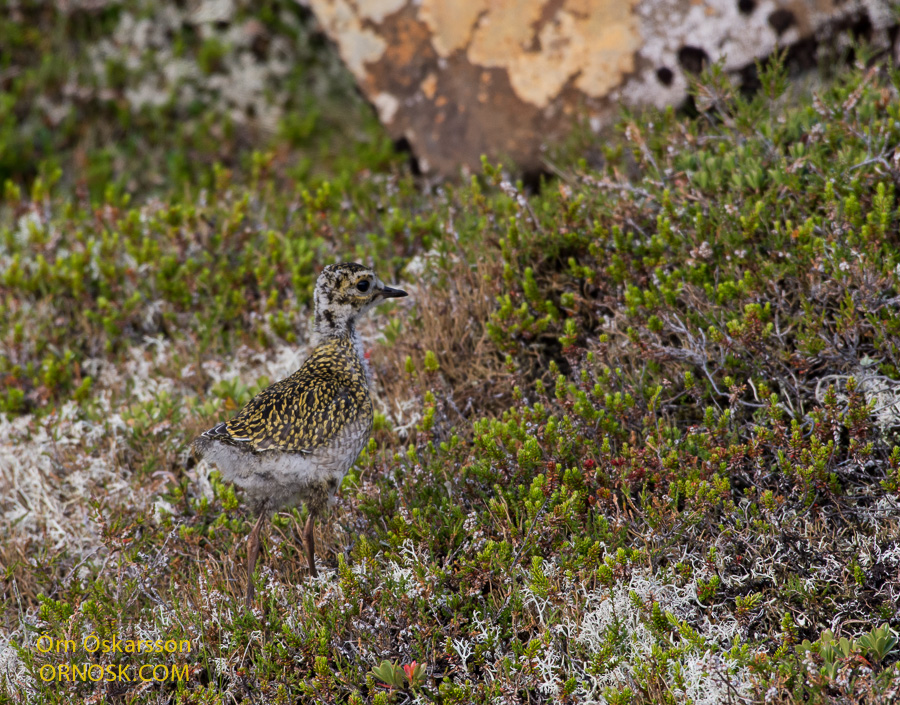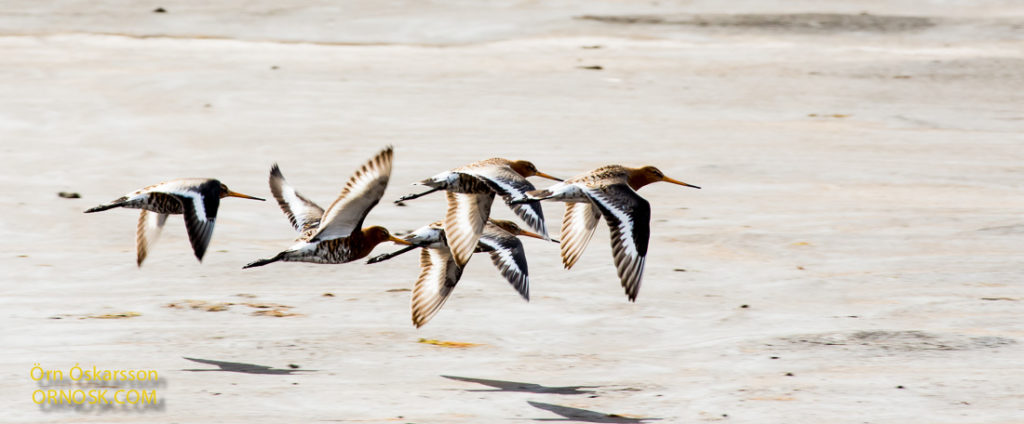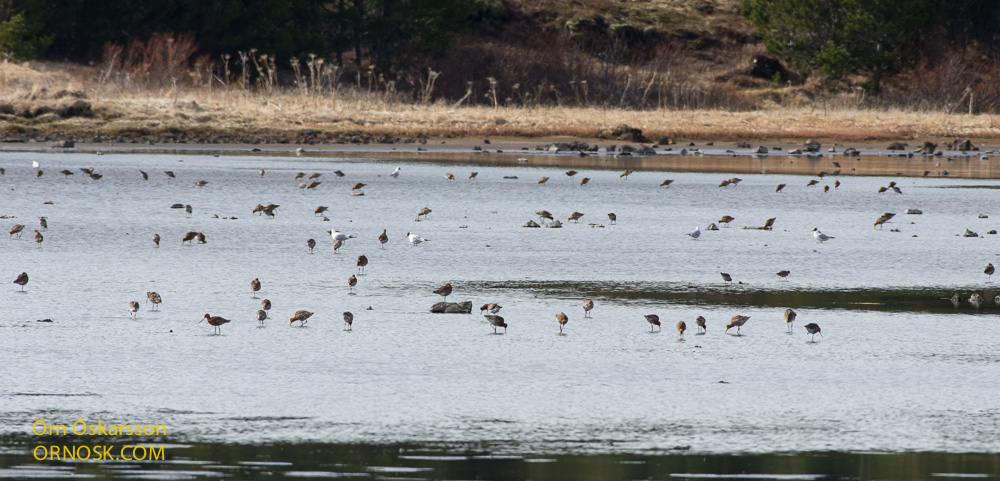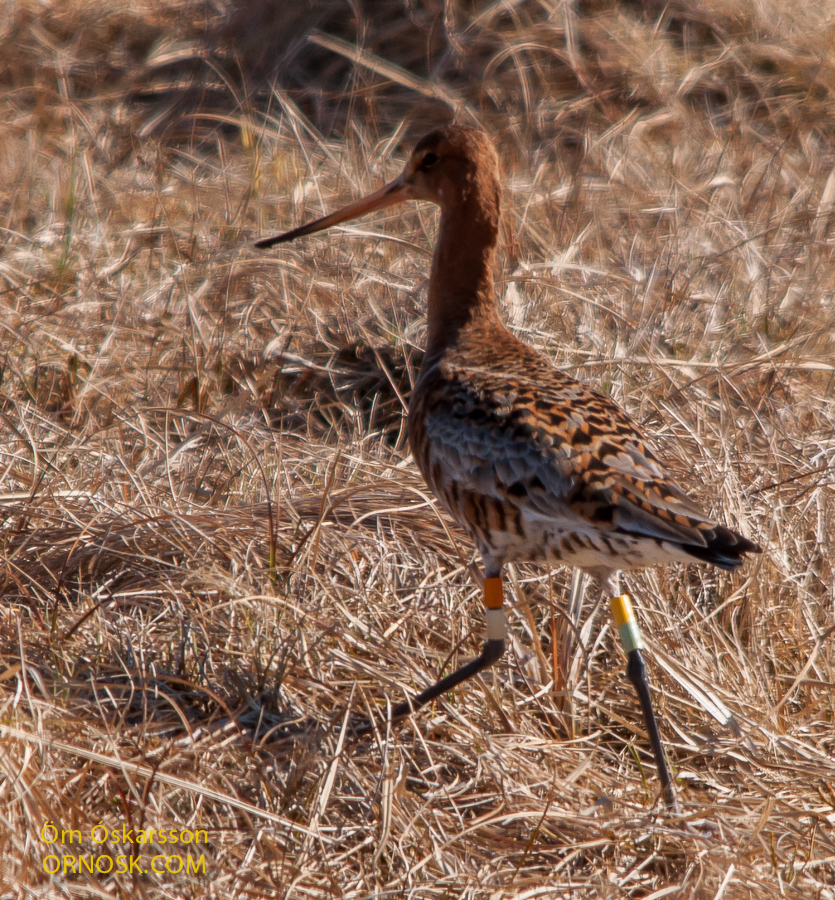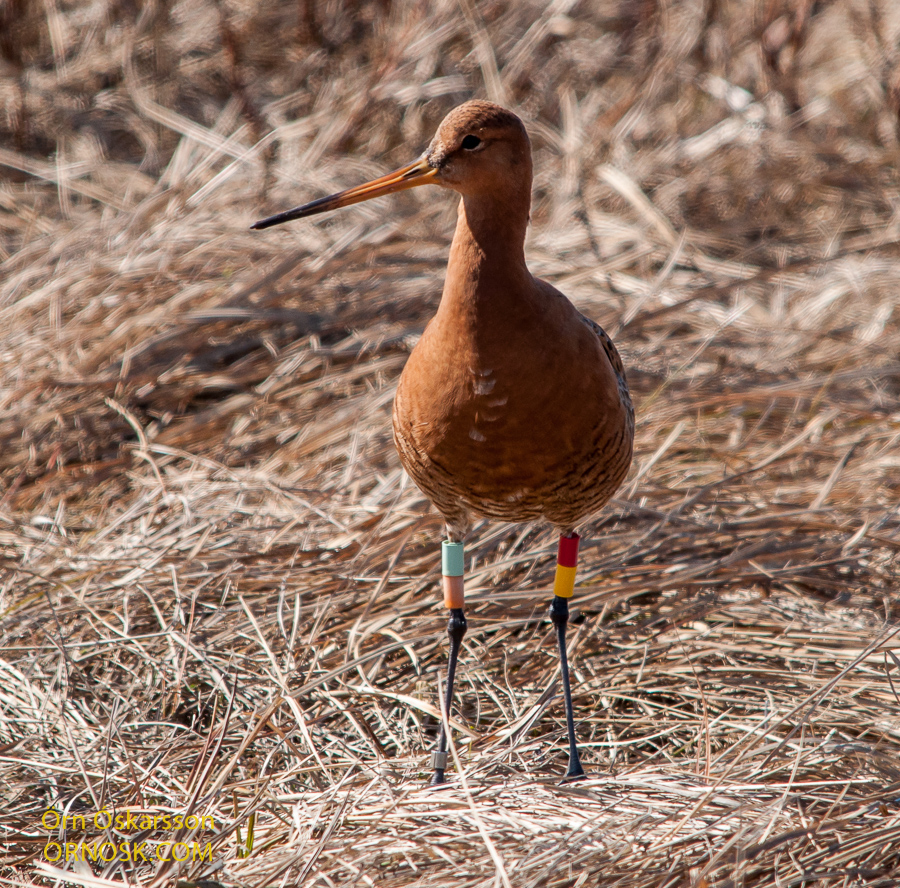Spring is here. Seeing the migrans arriving every day is such an exciting time. Most of them are here by now, although we have not yet spotted the Wheatear. But sightings of the Red Phalarope and Red-Necked Phalarope have not yet been reported.
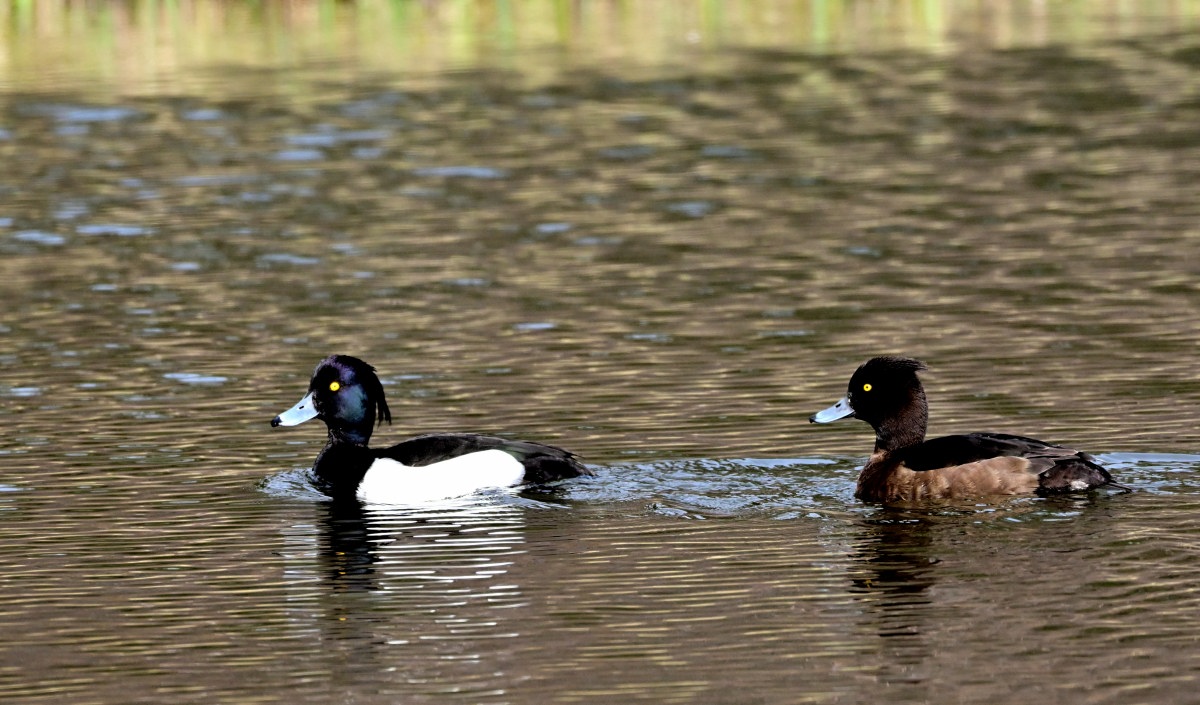
These Tufted Ducks were in Lake Þingvellir this week. This is a small diving duck and a common breeding bird in Iceland. In winter some of them choose to stay on lakes and ponds that do not freeze but most migrate to the British Isles and South Europe in winter.
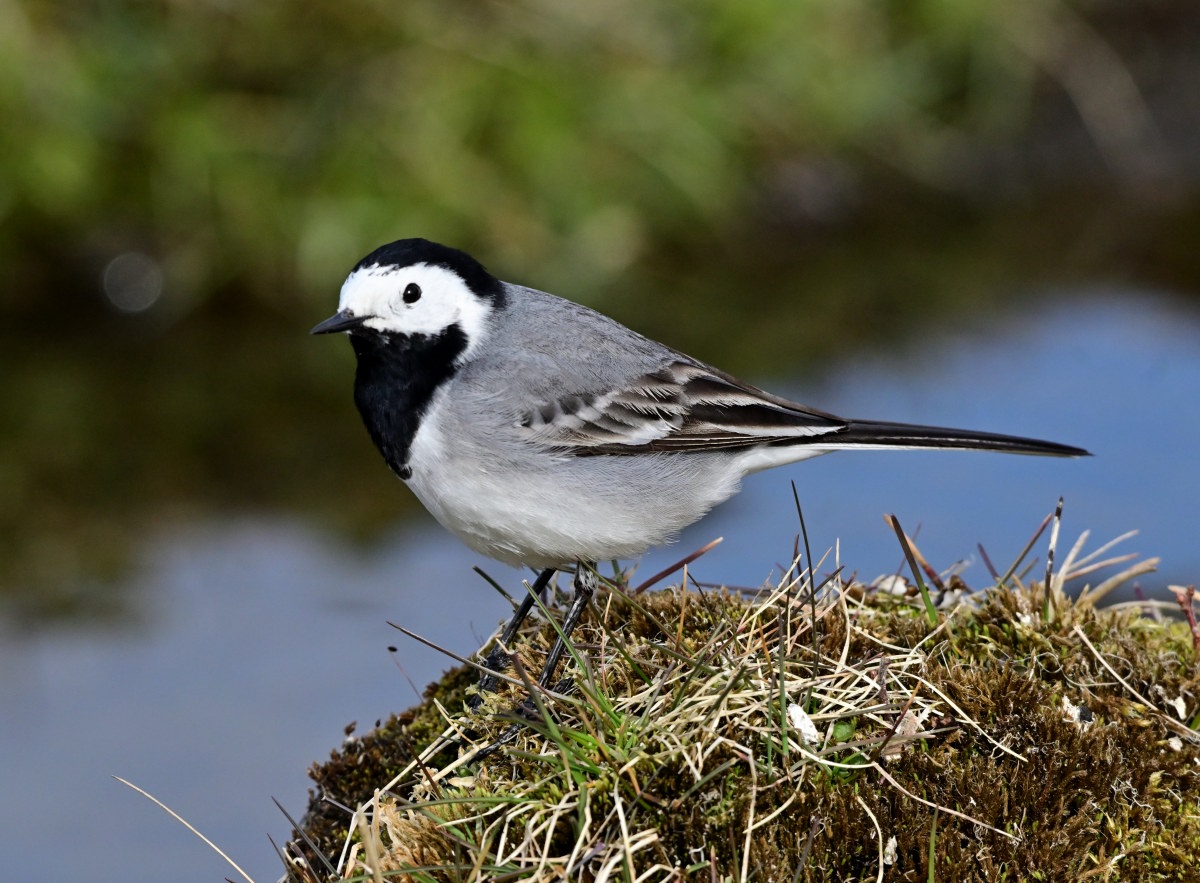
This beautiful Wagtail was also at Lake Thingvallavatn and eager to be photographed. It has come all the way from its wintergrounds in West Africa. The pair that has come to our garden for years has not arrived. We hope they have moved but not perished.
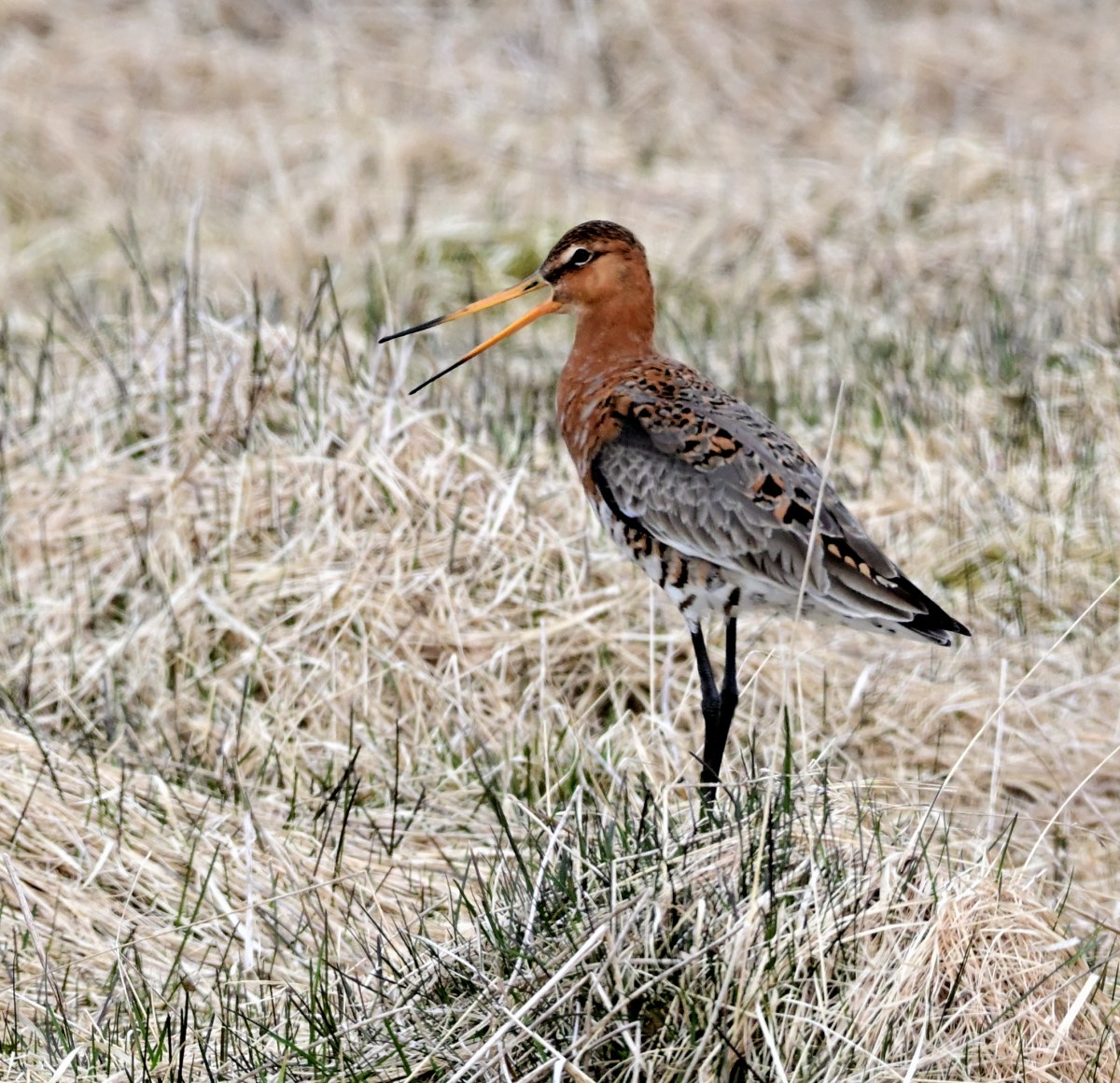
One of the migrants arriving in flocks is the Black-Tailed Godwit with its beautiful colours and shrill song. It overwinters on the west coast of Europe, from The Netherlands to the shores of Portugal. Our special Icelandic subspecies mostly breeds in lowlands all over Iceland. They also breed in the Faroe Islands, Shetlands and Lofoten.
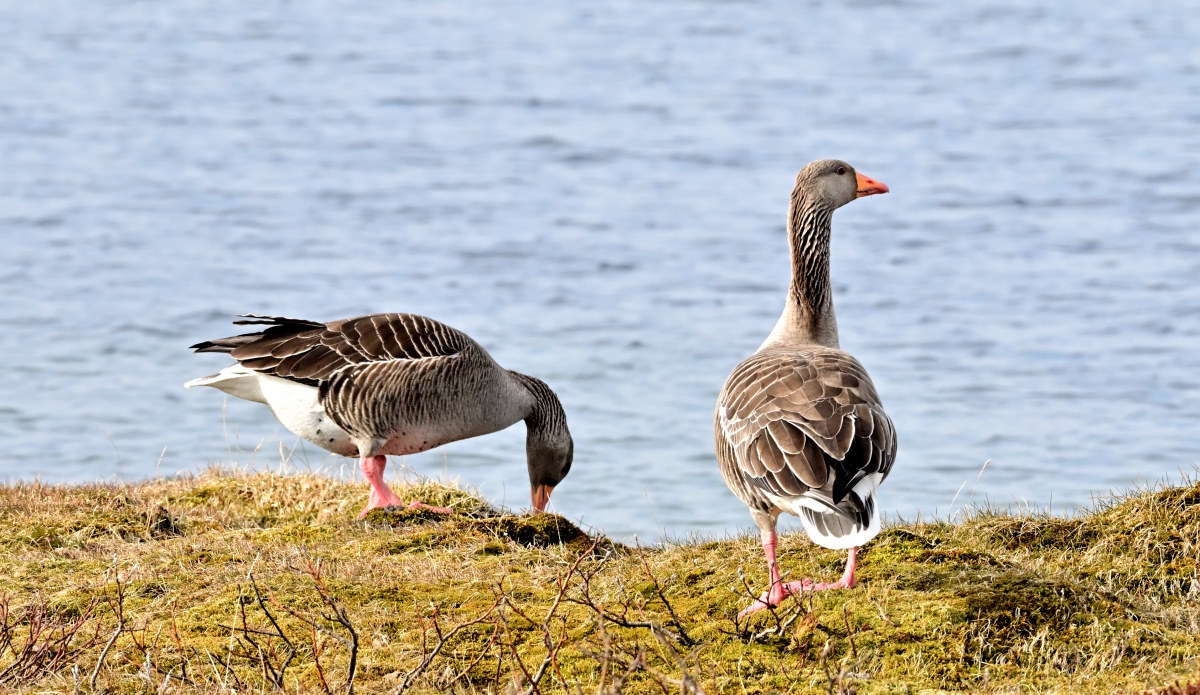
Most Greylags overwinter in the British Isles but some decide to struggle through the winter here in Iceland. This pair along with a lot of others have taken up residence by Lake Thingvallavatn. Their population is decreasing whereas their cousines the Pink-footed Geese and the Barnacle Geese are growing in numbers. The latter is believed to have started breeding in Southeast Iceland in 1988.
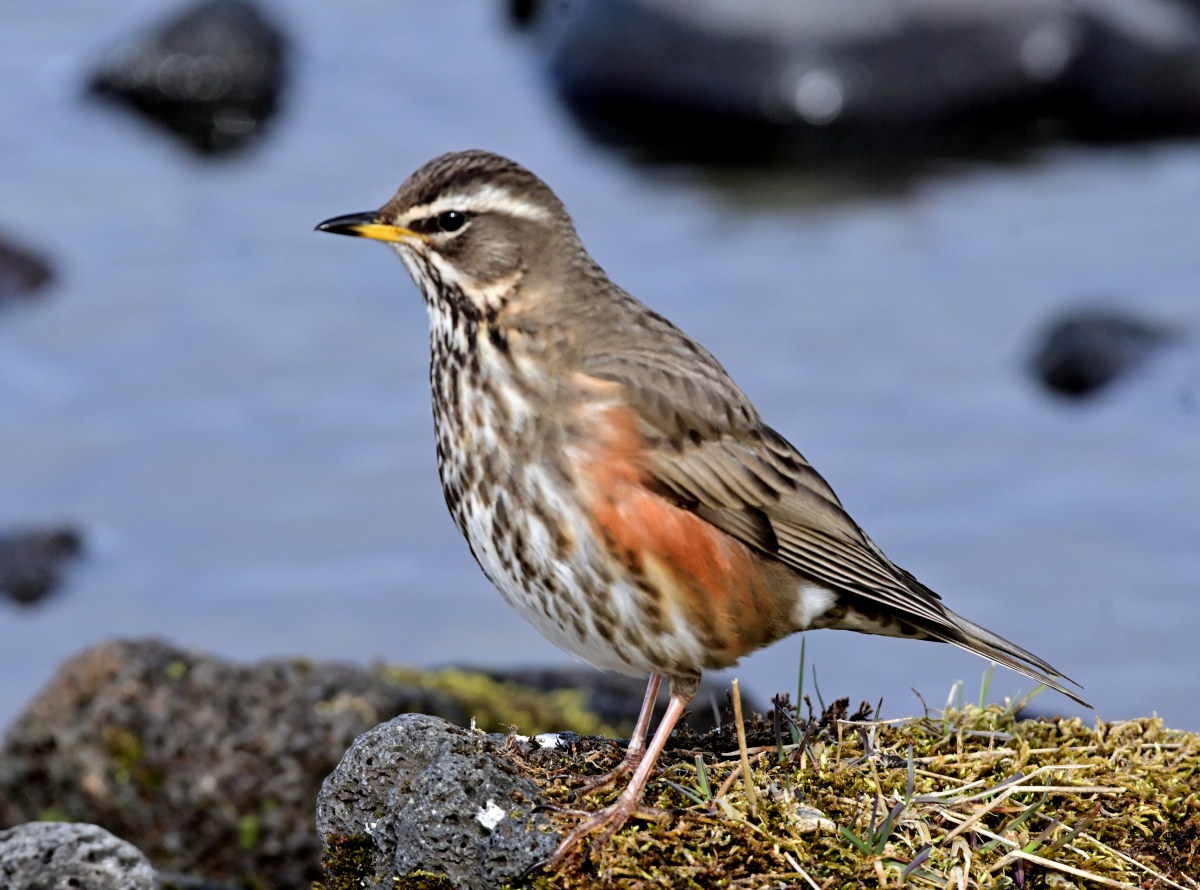
The same goes for the Redwing, some stay here the whole year round, others go to the British Isles. As winters become warmer staying is perhaps not such a bad choice. Flocks of Redwings start arriving early, many in the middle of March. The Redwing always has a special place in the heart of the Icelandic nation, signalling the coming of spring.
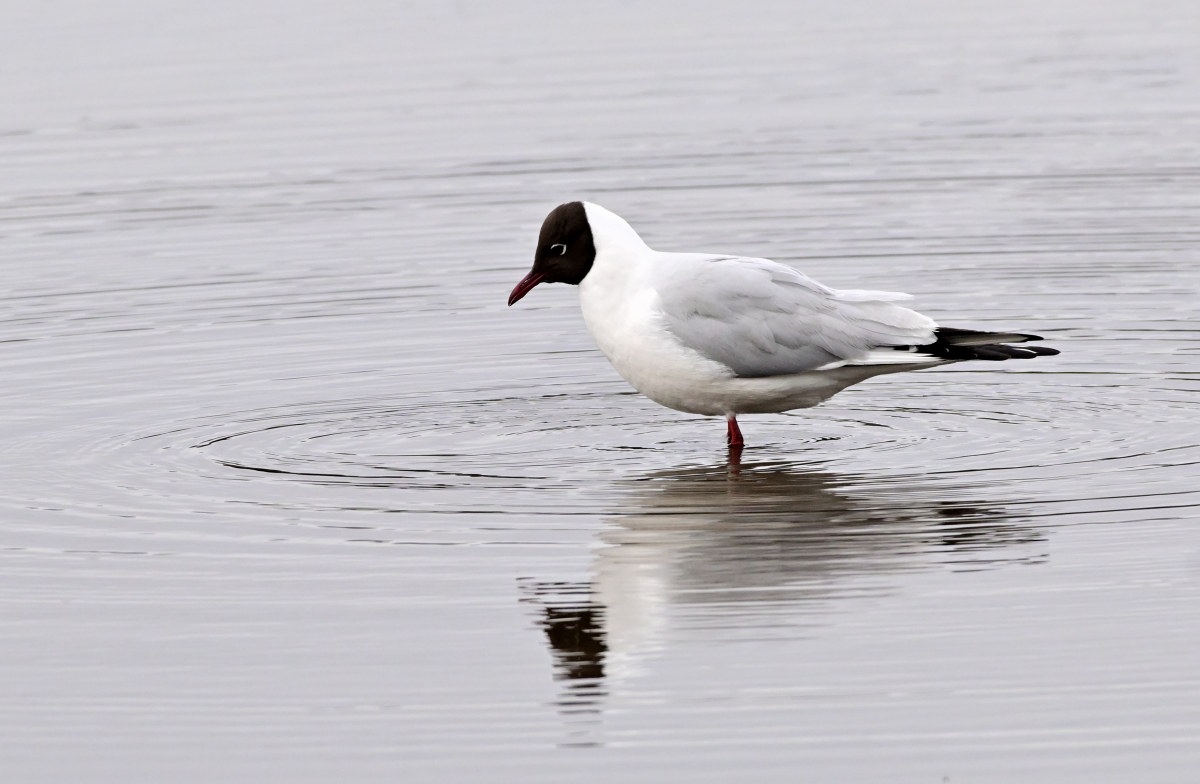
The Black-headed Gull is also one of the earlier arrivals, many staying in the sea around Iceland in winter. They do not go unnoticed with their black masks and their call that is loud and harsh, often sounding like laughter.

